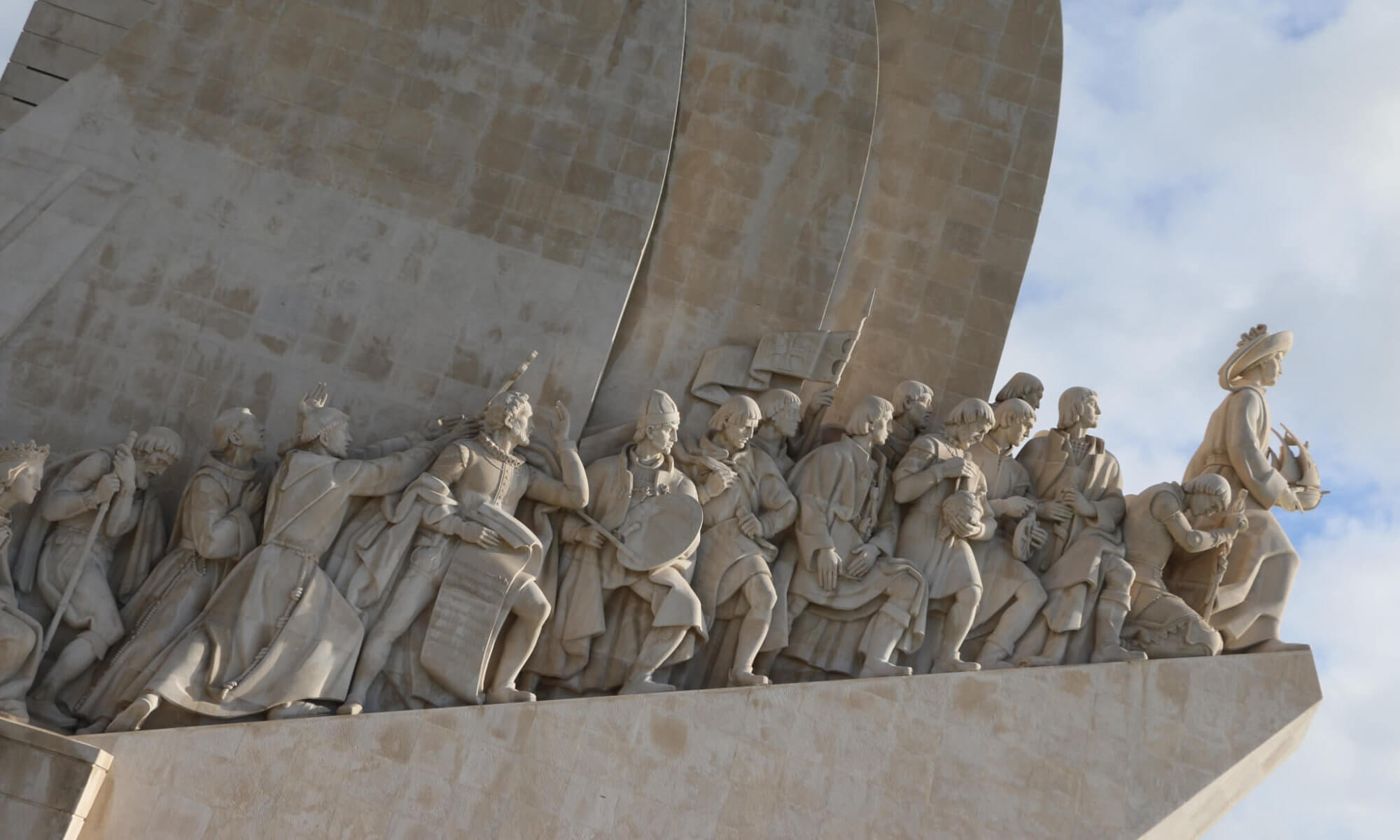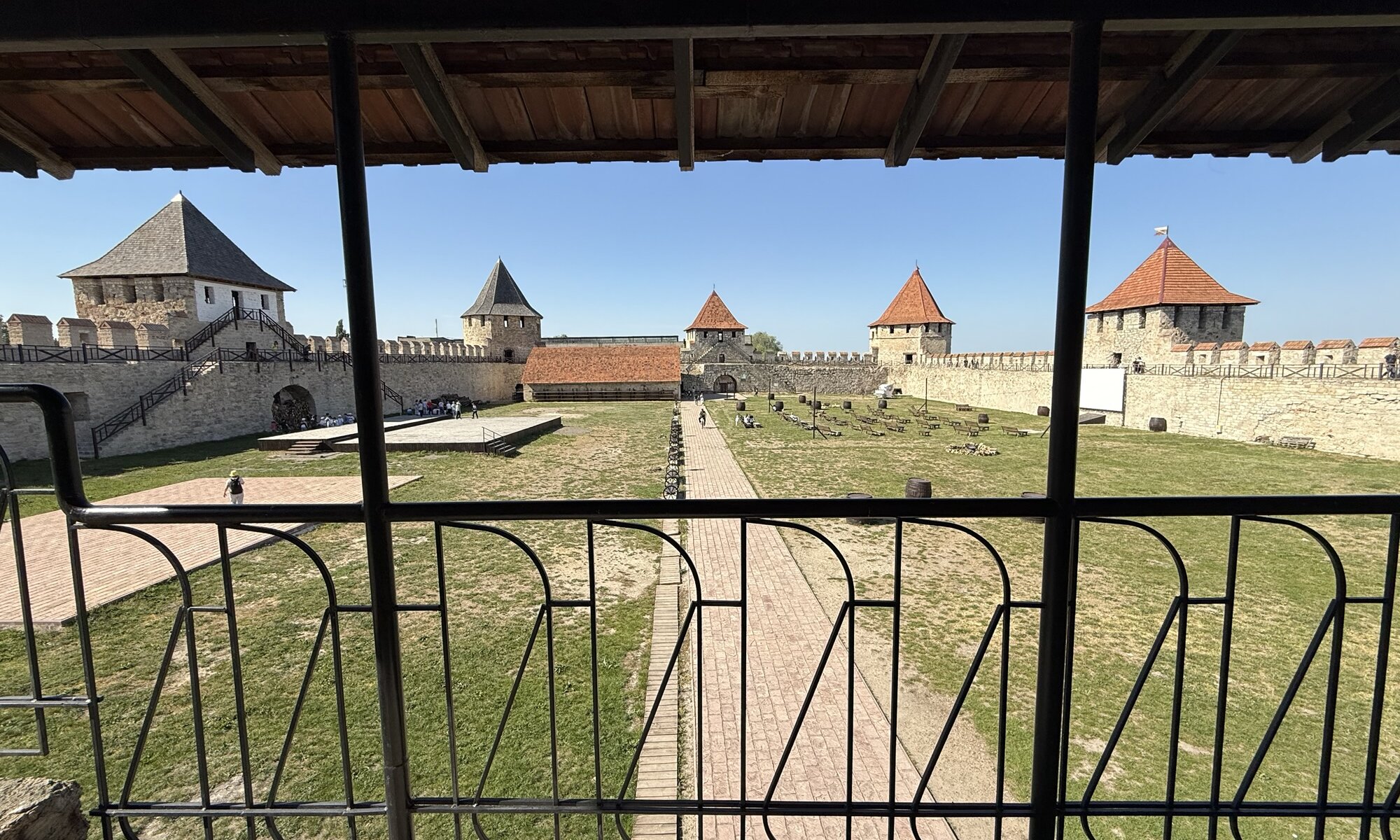The fortress of Bender, also known as Tighina fortress (or Cetatea Tighina), stands as a remarkable example of military architecture on the right bank of the river Dniester in Bender, Moldova. Its origins trace back to the 15th century, with early fortifications likely made from earth and wood, later rebuilt in stone by the Ottomans after they conquered the area in 1538 under Sultan Süleyman the Magnificent. The renowned architect Sinan redesigned and expanded the fortress, transforming it into a formidable stronghold with bastions, towers, and deep defensive ditches, making it a key military outpost for the Ottoman empire and a frequent target for Moldavian, Russian, and Swedish forces throughout history.
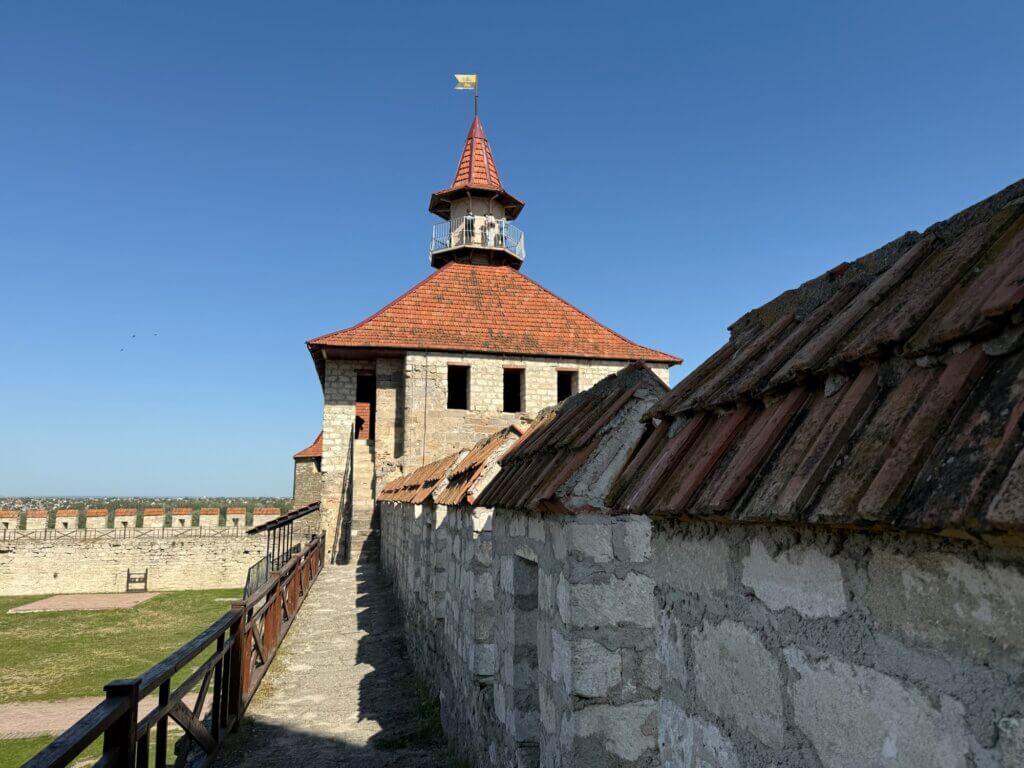
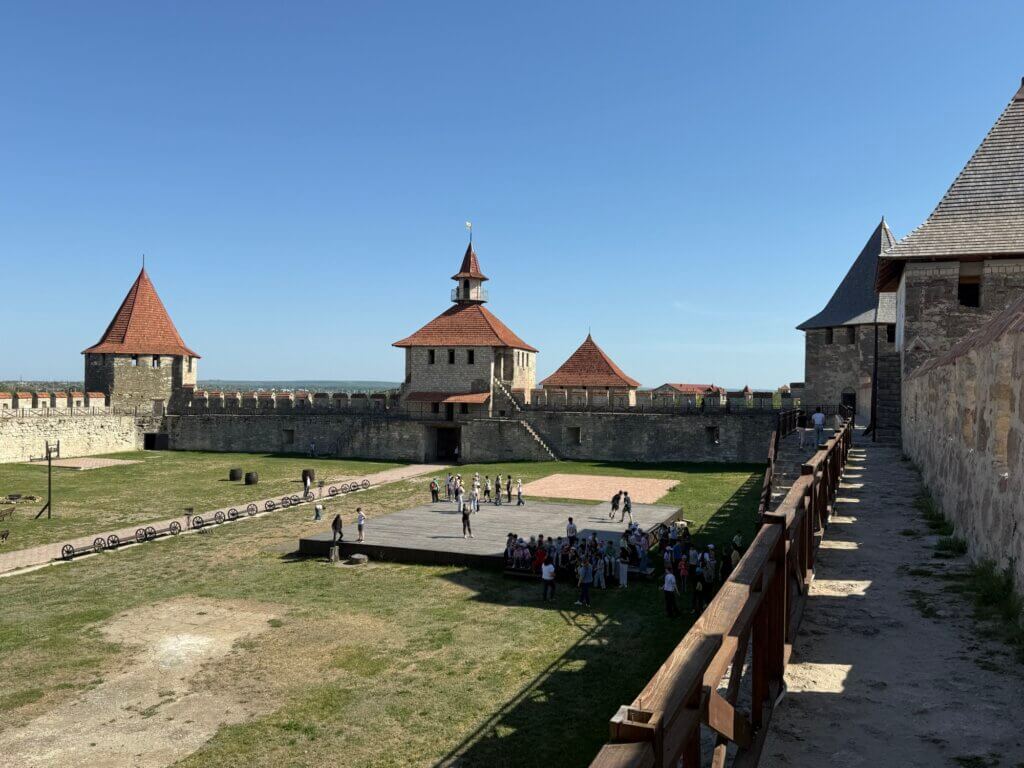
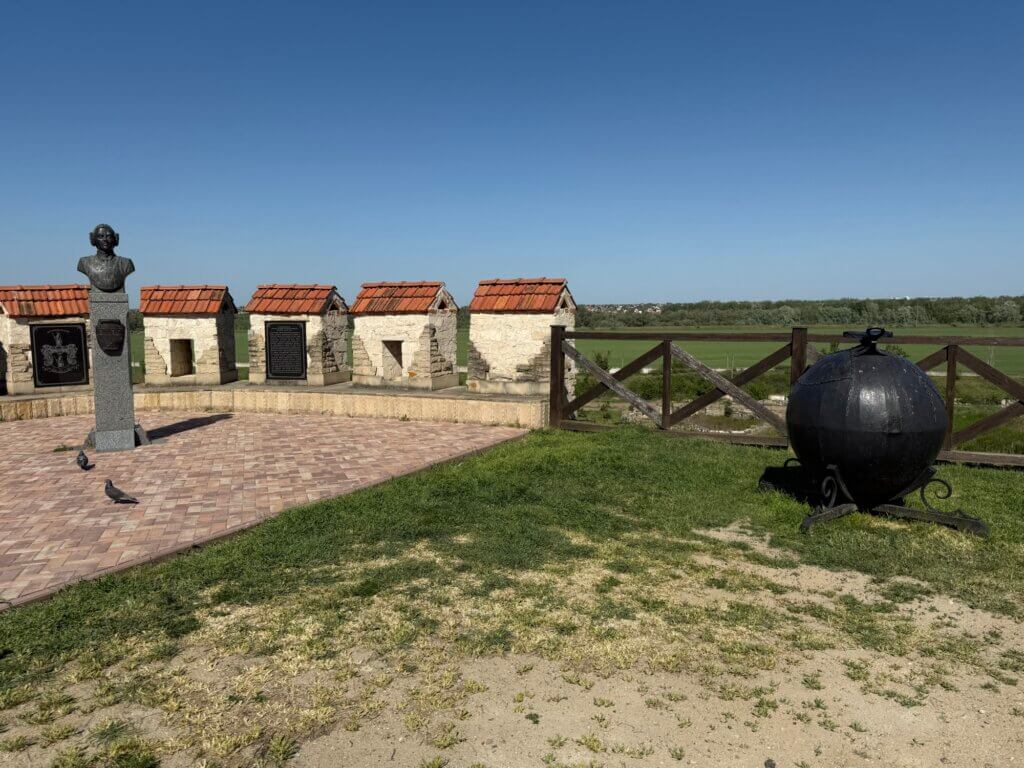
The fortress was primarily built to guard the strategic crossing over the river Dniester and to serve as a military base for the Ottomans in their campaigns against neighboring powers. Over the centuries, it played a central role in regional conflicts, including the Russo-Turkish wars and the Swedish King Charles XII’s refuge after the Battle of Poltava. Its robust walls, bastions, and towers were designed to withstand prolonged sieges and heavy artillery, making it nearly impregnable for much of its history.
Today, visitors to the fortress of Bender can explore a well-preserved and partially restored citadel featuring museums and historical reconstructions. Among the monuments is a unique tribute to Baron Münchhausen, the legendary German nobleman and adventurer who served in the Russian army during the 18th century. According to local legend, Münchhausen once ‘flew around the fortress on a cannonball’ to spy on the defenders – a story immortalized by a monument of the baron and his cannonball within the fortress grounds, delighting visitors with a blend of fact and folklore.
Cetatea Tighina
Bender / Tighina / Бендер
Transnistria / Pridnestrovie / Pridnestrovian Moldavian Republic
Loading map...

